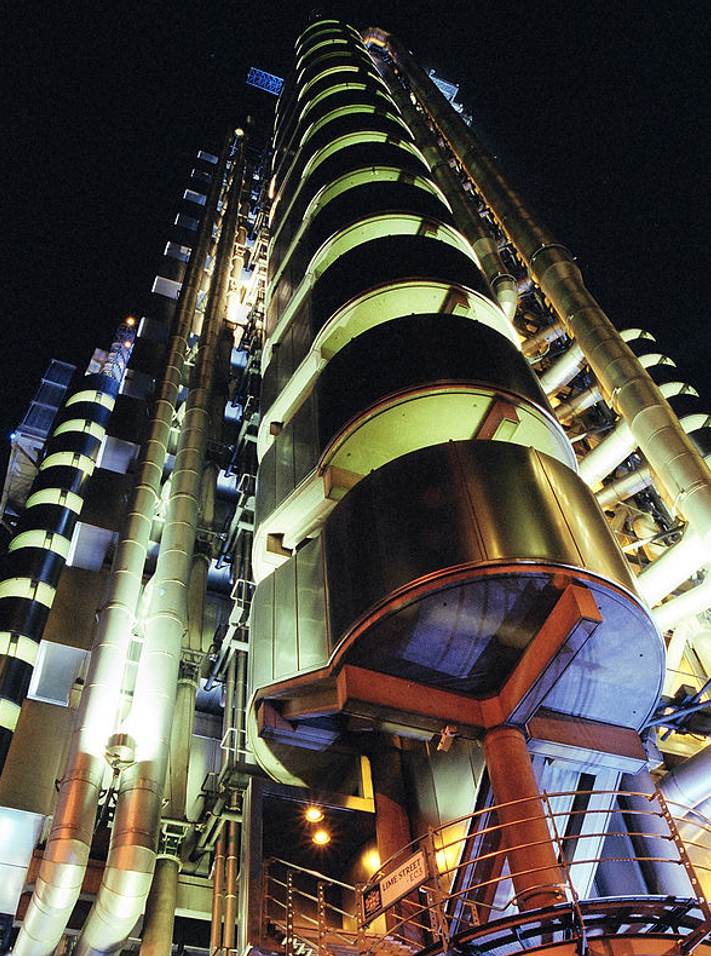When it comes to High-Tech Architecture, very few buildings in the world come close to the design of this stunning landmark in London.
The nickname of this remarkable structure is the “Inside-Out Building” and that’s a pretty good description of what it’s all about.
Let’s take a closer look at some of the most interesting facts about the Lloyd’s Building, one of Britain’s most fascinating buildings.
1. It’s located in the heart of the City of London
The Lloyd’s Building is without a doubt one of the most fascinating structures in London, and that means a lot considering this huge city is full of incredible landmarks.
It serves as the headquarters of the Lloyd’s of London insurance company and has served this purpose since it was completed in 1986.
It’s located in a relatively small street called time Street in the heart of the City of London and is surrounded by other famous buildings.
The Walkie-Talkie Building is just a few blocks to the south and the Gherkin a few blocks to the northeast.
The so-called “Cheesegrater” or Leadenhall Building borders it to the north. Another skyscraper in London with an interesting nickname called “The Scalpel” borders it to the east.
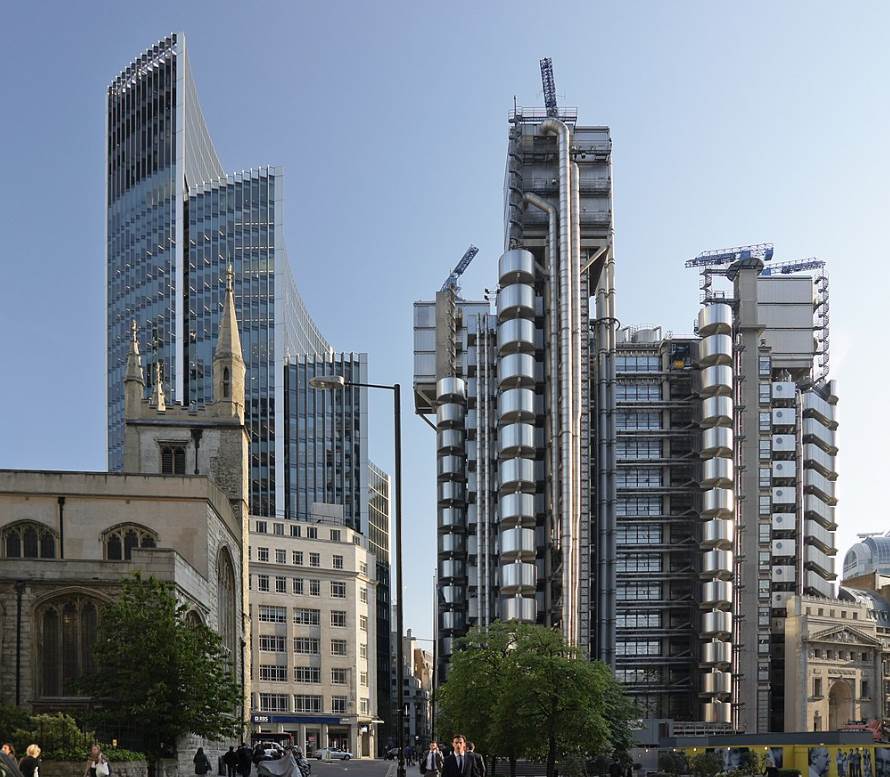
2. It was constructed on the location of the former East India House
The amazing High-Tech building was constructed n the location of a former Neoclassical building that served as the headquarters of the East India Company.
The original East India House was completed in 1729 and it was completely rebuilt and significantly enlarged between 1796 and 1800.
The East India Company was dissolved in 1858 and this building ended up being demolished in 1860. Nobody could have envisioned at the time the type of building that occupies this site today.

3. The façade of the Old Lloyd’s building still stands here today
The High-Tech building we can admire today is not the first structure that served as Lloyd’s headquarters. The first building was completed in 1928 and was located just nearby at 12 Leadenhall Street.
This was way too small and another building was constructed in 1958 just across the road at 51 Lime Street. This site is now occupied by a skyscraper called the Willis Building.
The building was completed in 1958 and was demolished in 2004 to make way for the Willis Building.
The original façade of the building completed in 1928 was preserved and is attached to the modern structure. The clash of architectural styles makes this a remarkable sight.
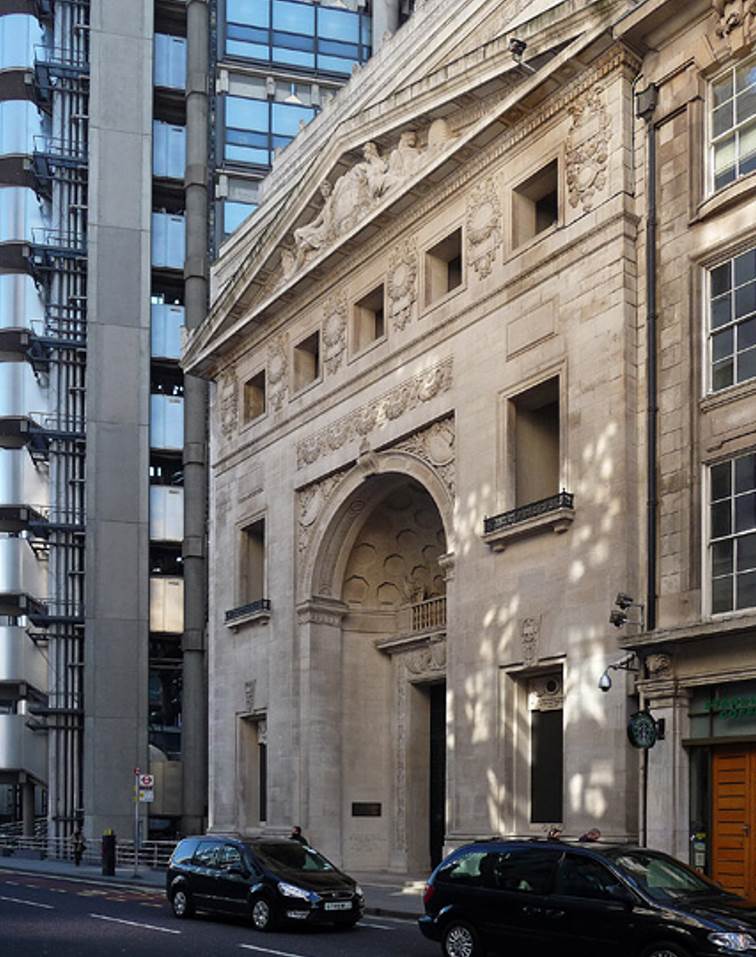
4. It was designed by one of the most renowned High-Tech architects in history
The Old Lloyd’s Building was becoming increasingly cramped by the 1970s so plans to build a completely new building were proposed.
An international architectural competition was launched and this was won by Richard Rogers (1933-2021), one of the pioneers of High-Tech architecture.
He was already world-famous at the time because he had collaborated with Renzo Piano in the 1970s to design the incredible Centre Pompidou in Paris.
Other notable buildings designed by Rogers are the Millennium Dome in London, the Senedd Building in Cardiff, and the Cheesegrater just nearby.

5. The Lloyd’s building can be described as the epitome of Bowelist architecture
If you know what the Centre Pompidou, one of the most stunning landmarks in Paris, looks like, then you surely know what Rogers was famous for.
He was a proponent of so-called Bowellism architecture, an architectural style that focuses on integrating structural elements on the exterior of a building to increase the space inside.
That’s why you can see ducts, all sorts of pipes, and even lifts on the outside of the building.
The building only features 14 floors, has a roof height of 88 meters (289 feet), and an architectural height of 95.1 meters (312 feet).
Although the building can’t be classified as a skyscraper, it did take 8 years to build between 1978 and 1986.
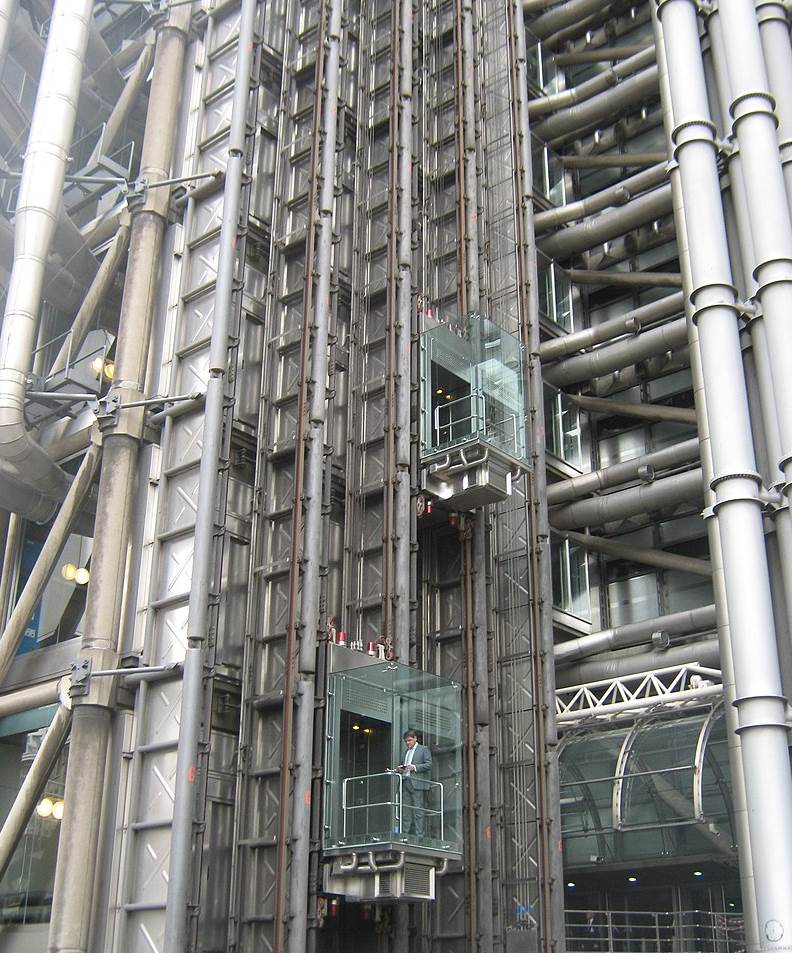
6. The interior of the building is just as impressive as its exterior
The exterior is dominated by large numbers of functional elements. This means that the interior remains relatively uncluttered, although it looks pretty futuristic as well.
The building features 3 interconnected towers which are adjoined by 3 service towers and these are centered around a huge rectangular space.
The ground floor is referred to as the “Underwriting Room” and is a vast space that allows people to easily move to any section of the building.
The most fascinating feature is located at the Rostrum, an elevated reading desk that houses the Lutine Bell.
This bell was once present at the HMS Lutine, A ship launched by the French Navy in 1779 which became part of the Royal Navy later on.
This bell is one of the few elements that were saved after the ship sank in 1799.
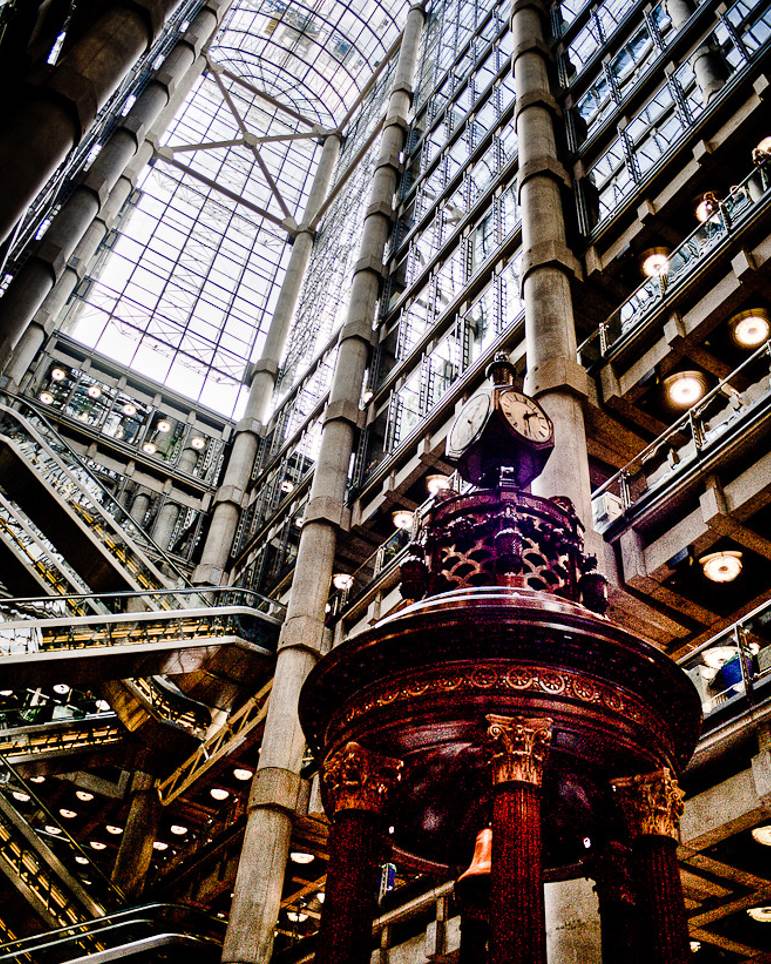
7. The 11th floor features a room that was designed in the 18th century
The 11th floor is home to another remarkable feature of the Lloyd’s Building’s interior. Here you can find the Committee Room, also known as the “Adam Room.”
The reason why it’s known as the Adam Room is that it was designed by 18th-century Neoclassical architect Robert Adam (1728-1792).
It was commissioned by William Petty, 2nd Earl of Shelburne (1737-1805) in 1763 to serve as his dining room.
This room was originally present in the building completed in 1958 just across the street and was transferred meticulously into the new High-Tech Lloyd’s Building.
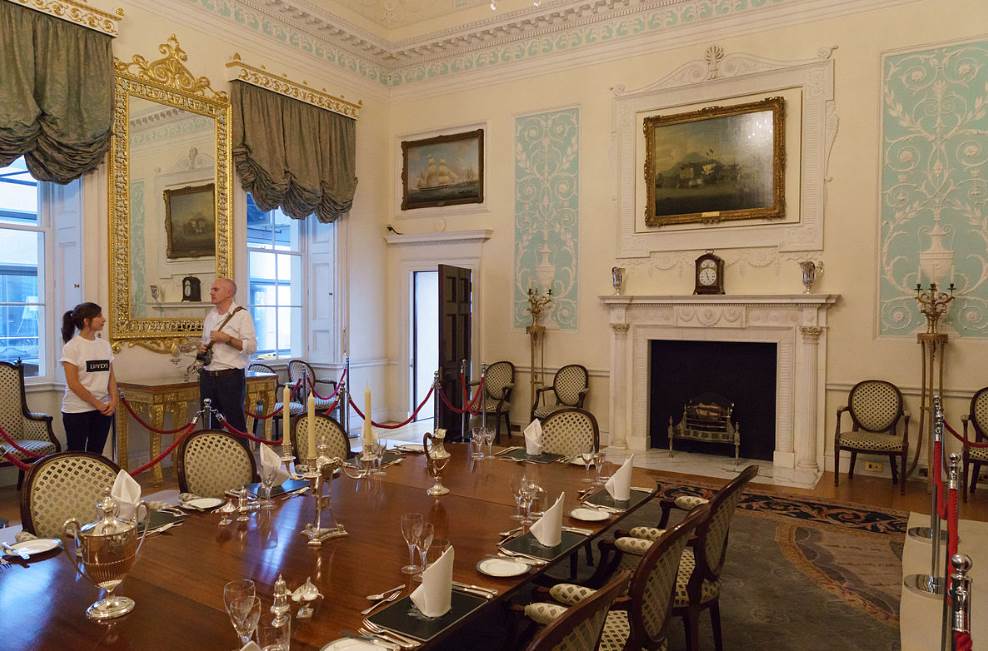
8. It was the youngest building in British history to receive a Grade I listing
The tremendous architectural value of this masterpiece of a building has been recognized ever since it was completed.
It was once owned by the Shelbourne Development Group, a real estate company based in Dublin, Ireland.
They sold the building to its current owner, a Chinese company called Ping An Insurance for a whopping £260 million.
The building was completed in 1986 and it was designated a Garde I Listed Building in 2011, just 25 years later. This was the youngest building to ever achieve this.
Remarkably, Lloyd’s planned to leave the building because the maintenance cost was too high. Putting all structural elements on the exterior of a building rapidly damages them.
There’s a price to pay for this fascinating design, but in my opinion, it’s well worth it!
